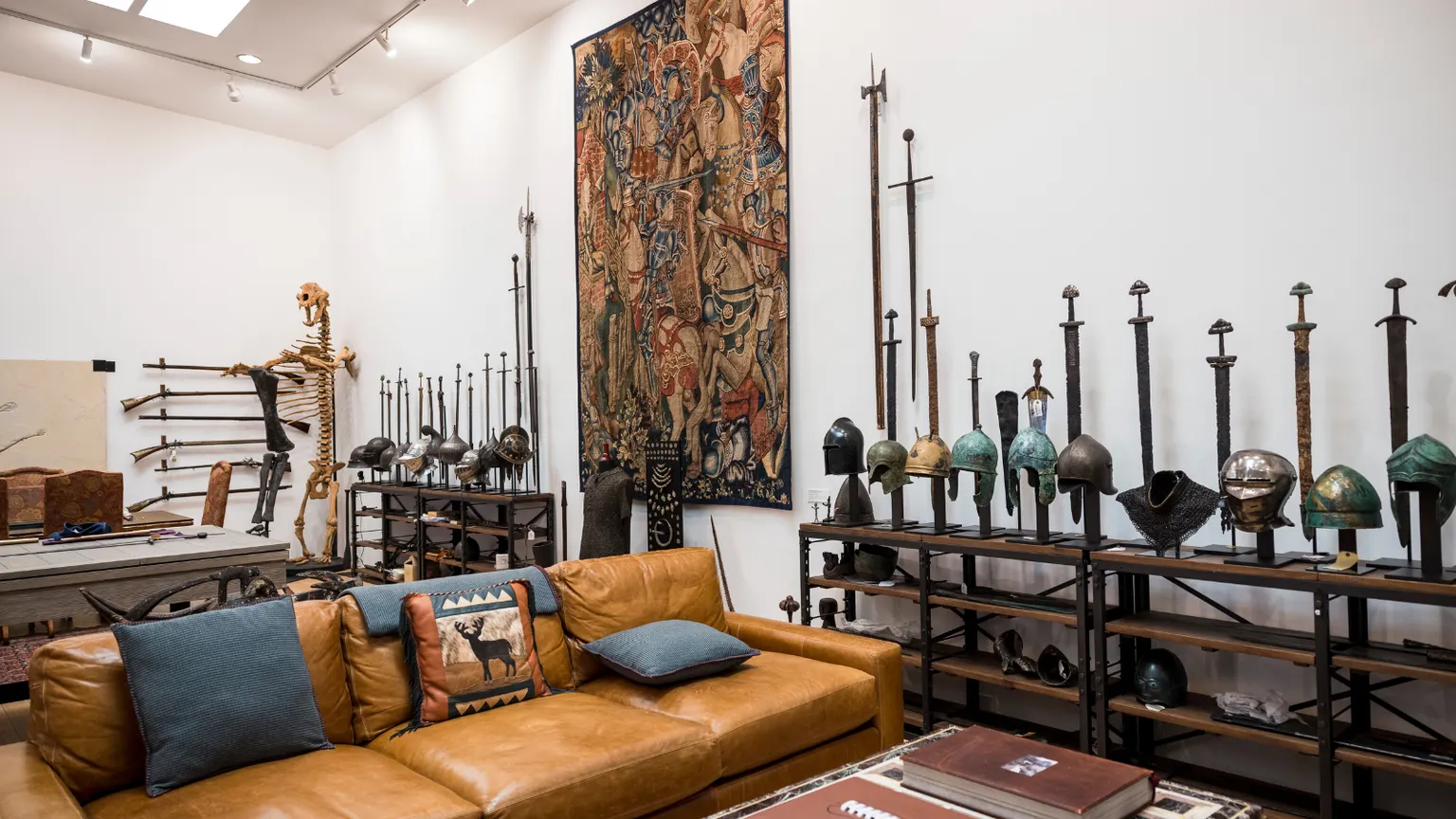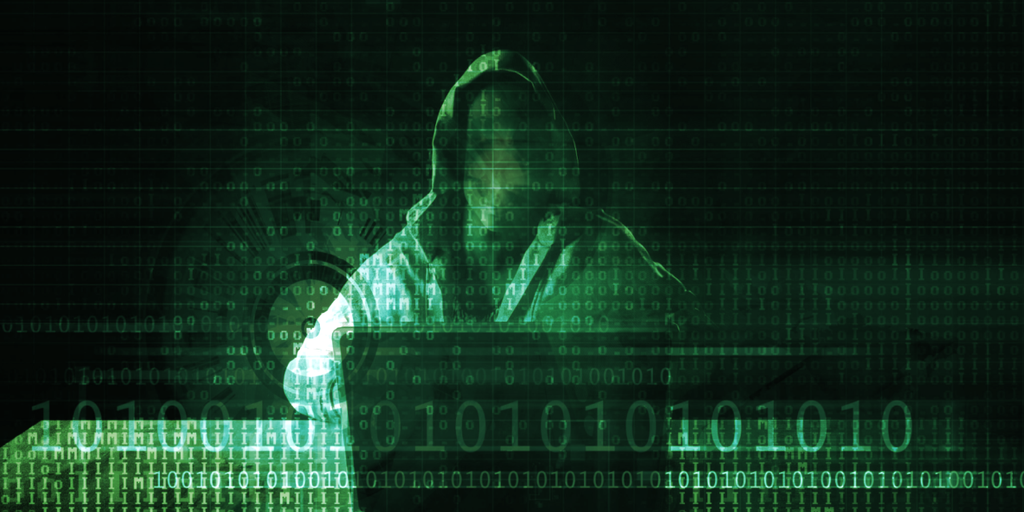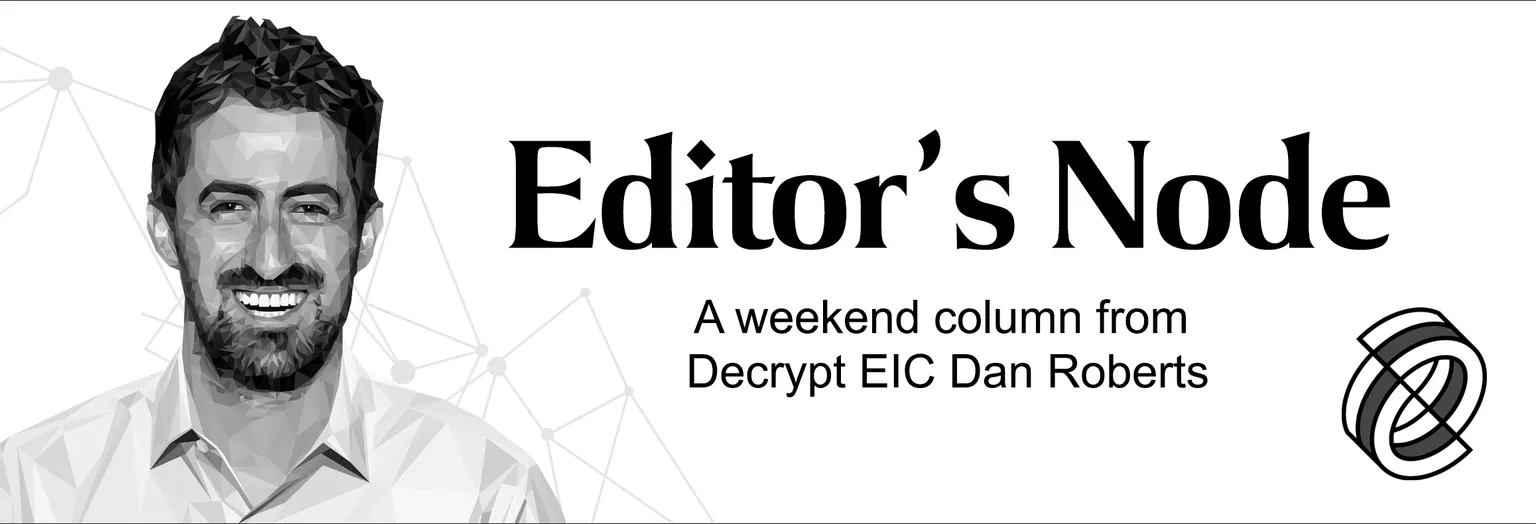If you cross Indiana Jones with Web3, you get Nick Richey and the Knights Who Say Nah, a unique group of crafters granting genuine historical artifacts new life as digital collectibles.
Hidden in a nondescript corner of downtown Los Angeles is the group’s “knight’s armory”: a loft-turned-restoration-center containing everything from medieval swords and armor to a Triceratops skull.
Launched in 2021 and named after the characters from “Monty Python and the Holy Grail,” Richey co-founded the Knights Who Say Nah with Katherine Peng, Jack Compton, and Colin McDonnell.
Richey says the NFT project and group are grounded in the irreverent tone of Web3. Unlike Monty Python’s knights, whose mission was to block King Arthur in the search for the Holy Grail, these knights have made it their mission to restore historical artifacts and create 3D-rendered digital recreations.
Richey began his career as a keeper of arms after an apprenticeship at the Tower of London twelve years ago. His work in the preservation of artifacts led him into the world of NFTs. “I love storytelling, I am a filmmaker also, and my love of storytelling really solidified my love of preservation, because when you look at any of these artifacts, they have a story,” Richey told Decrypt in an interview at the armory. “And most of us don’t really have access to those stories.”
Richey says the popularity of TV series like “Vikings” shows there is a yearning for that storytelling.
“People are interested in it, but you have to find that vein of shared connection,” he says.
After Richey began looking into NFTs and the technology behind them, the idea of restoring artifacts and putting them on blockchain was born. “The stories have to live on,” he says. “When I’m restoring an artifact, preserving an artifact, and trying to keep that story alive, I was starting to clue into Web3 and the NFT space.”
The latest project is minting a Japanese samurai tanto (short sword) gifted to an American general after World War II. The armory acquired the knife, and after it is scanned, it will be minted as an Ethereum NFT before the physical weapon will be donated to the Metropolitan Museum of Art.
“This tanto is of particular importance, as it’s the first traditionally crafted blade made after the occupying forces had forbidden sword making in 1945,” Richey says.
Richey says the project started after approaching the Metropolitan Museum and asking if there was a Japanese artifact that the Met would be interested in—something that belongs in the public sphere and that would be displayed.
The answer was the samurai tanto. The tanto, Richey explained, was crafted by a Japanese swordsmith, Takahashi Sadatsugu, who received the title of national treasure of Japan and gifted the sword to U.S. Army General Walton Walker of the Eighth Army.
“This is the first traditionally crafted blade, post U.S. occupation in World War II,” Richey says. “The authorities in Japan said this would be a great piece that belongs in a U.S.-based museum because it was a gift to the U.S. and we now have it here.”
Richey acknowledges concerns about artifacts being taken from their native lands and held by museums and private collectors and explains that the Knights aim to have conversations with private collectors and cultural heritage organizations.
“What if you could convince a few [private collectors] by saying we’ll come, do a 3D scan of the artifact, sell that [scan] and all the proceeds will go to you, the private collector to make you whole, to refund you,” Richey says. “But you give us the real artifact so that we can give it back to the people where it belongs.”
Richey says the next step in the project is to create a 3D scan of the sword that the Knights Who Say Nah can share.
“Our community will have a 3D version of it that they will be able to interact with and that we will sell,” he says. “Then [the sword] goes to the Met, and will be gifted to the museum.”
This project has increased significance for Richey because it offers an opportunity to onboard people into Web3 with a practical use case: preserving history. But more than that, Richey says there are more Web3 use cases to explore, like the ability to use the sword in gaming. Players would get to use the weapon and, at the same time, learn about its history and heritage.
Not content with being an NFT collective, Knights Who Say Nah also plans to become a full DAO, the Roundtable, where Lightning Knights NFT holders will vote on how to curate the digital collections, repatriation efforts, and future projects.
Take the Oath of Nah to *guarantee* your spot on the Knight List for a FREE Greek Warrior ⚔️
Quote Tweet this Oath and add your wallet at the end (copy pasta below)✍️ pic.twitter.com/RnG36eZT4q
— Knights Who Say Nah (@KnightsSayNah) March 14, 2023
A decentralized autonomous organization or DAO is an organizational structure where control is spread out rather than hierarchical. DAOs use smart contracts on a blockchain, with participants using governance tokens to vote on proposed actions.
The idea of a DAO coming together to raise a lot of money to buy an item or for a cause is not new. The most famous example of a DAO spinning up to buy a real-world item remains the Constitution DAO, which raised $45 million in a losing bid to win a copy of the U.S. Constitution.
Other DAOs like DuneDAO, also known as Spice DAO, which raised $11.8 million, collapsed after the group could not reach an agreement on the ownership and custody of Alejandro Jodorowsky’s “Dune Bible,” a collection of storyboards from the failed attempt to bring Frank Herbert’s classic novel to life in the 1970s.
“This [sword] was purchased by the project, not with proceeds,” Richey says. “This was done to show that we can do it and we can say here’s a way that Web3 can be helpful, here’s a way that Web3 can be a champion,” he says. “And it’s not just about speculation, and it’s not just about making a quick buck.”
While Richey is all for the Knights Who Say Nah community making money, he says the mission goes beyond that.
“Our mission is to help take these ancient stories and carry them into the future, and then create a bunch of torchbearers for those stories,” Richey says. “If we can do that and have 100 or 1,000 of those people, that’s a win.”
Stay on top of crypto news, get daily updates in your inbox.
Sourced from decrypt.co.
Written by Jason Nelson on 2023-03-16 14:09:56.










